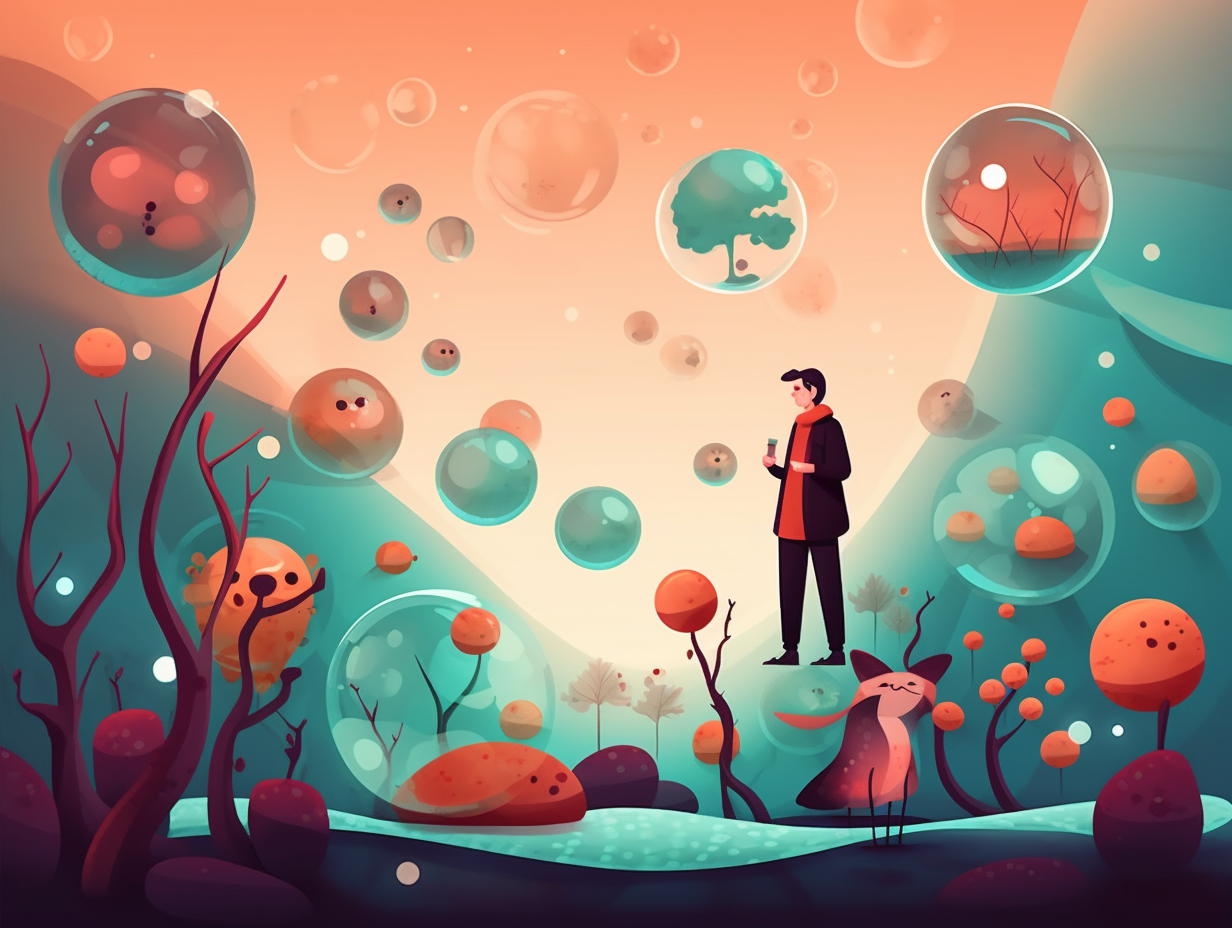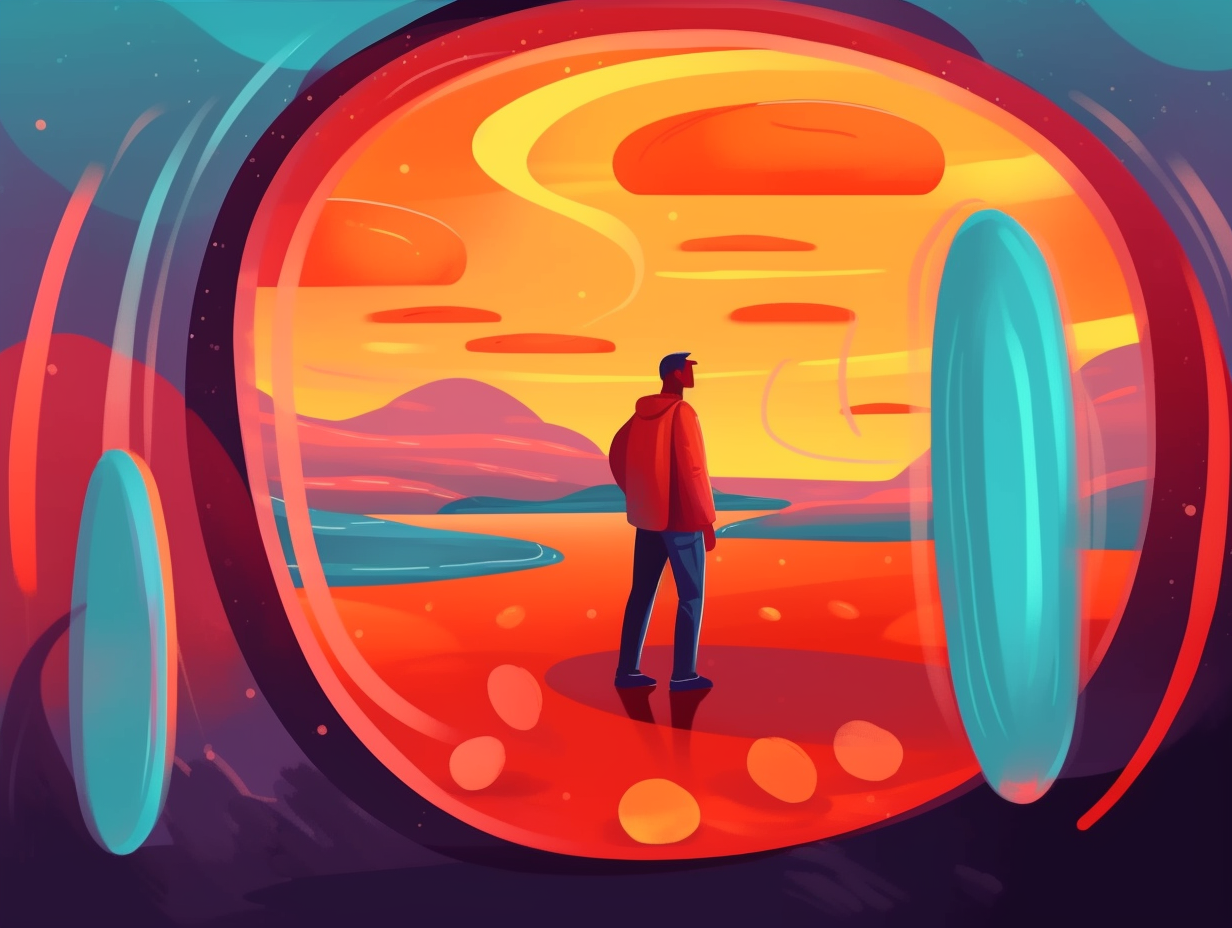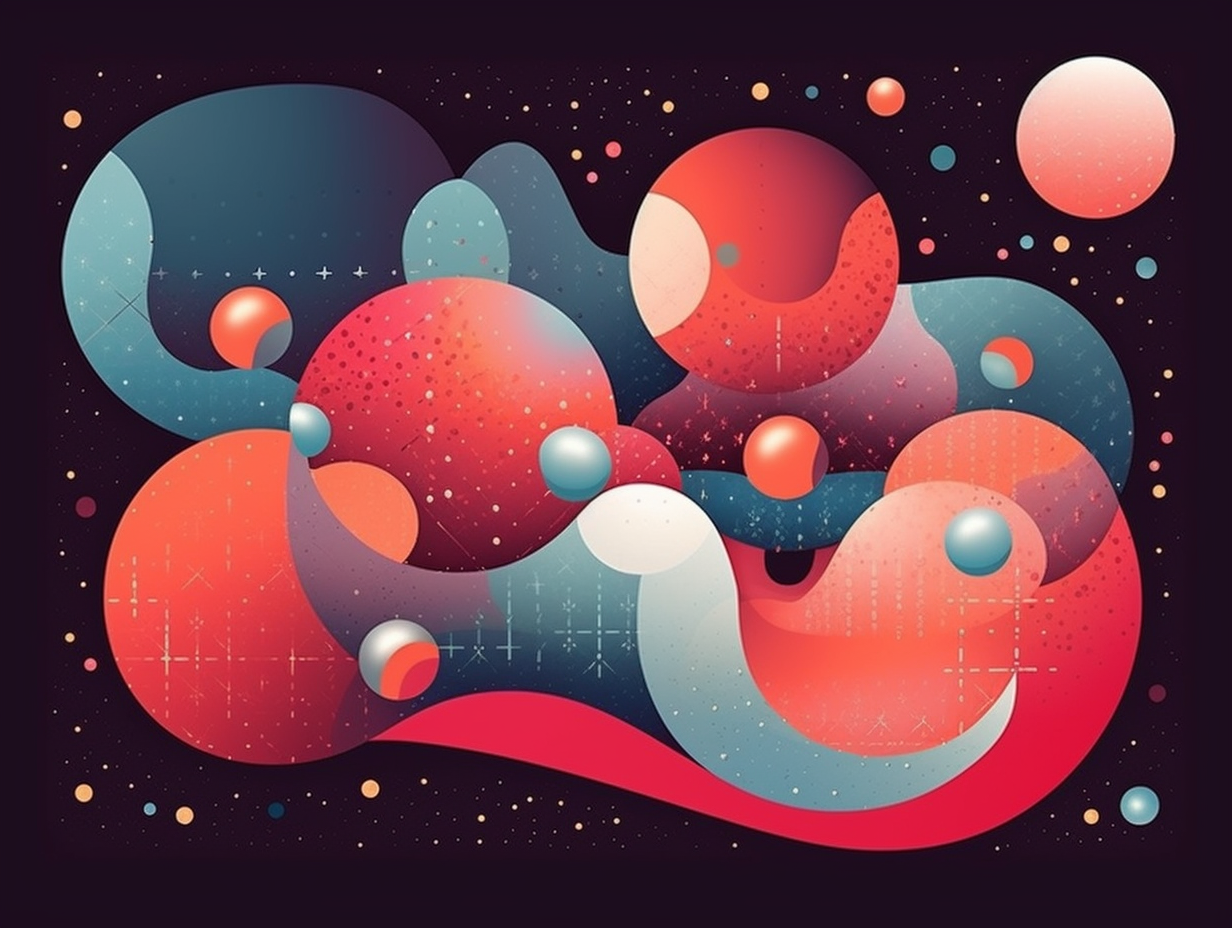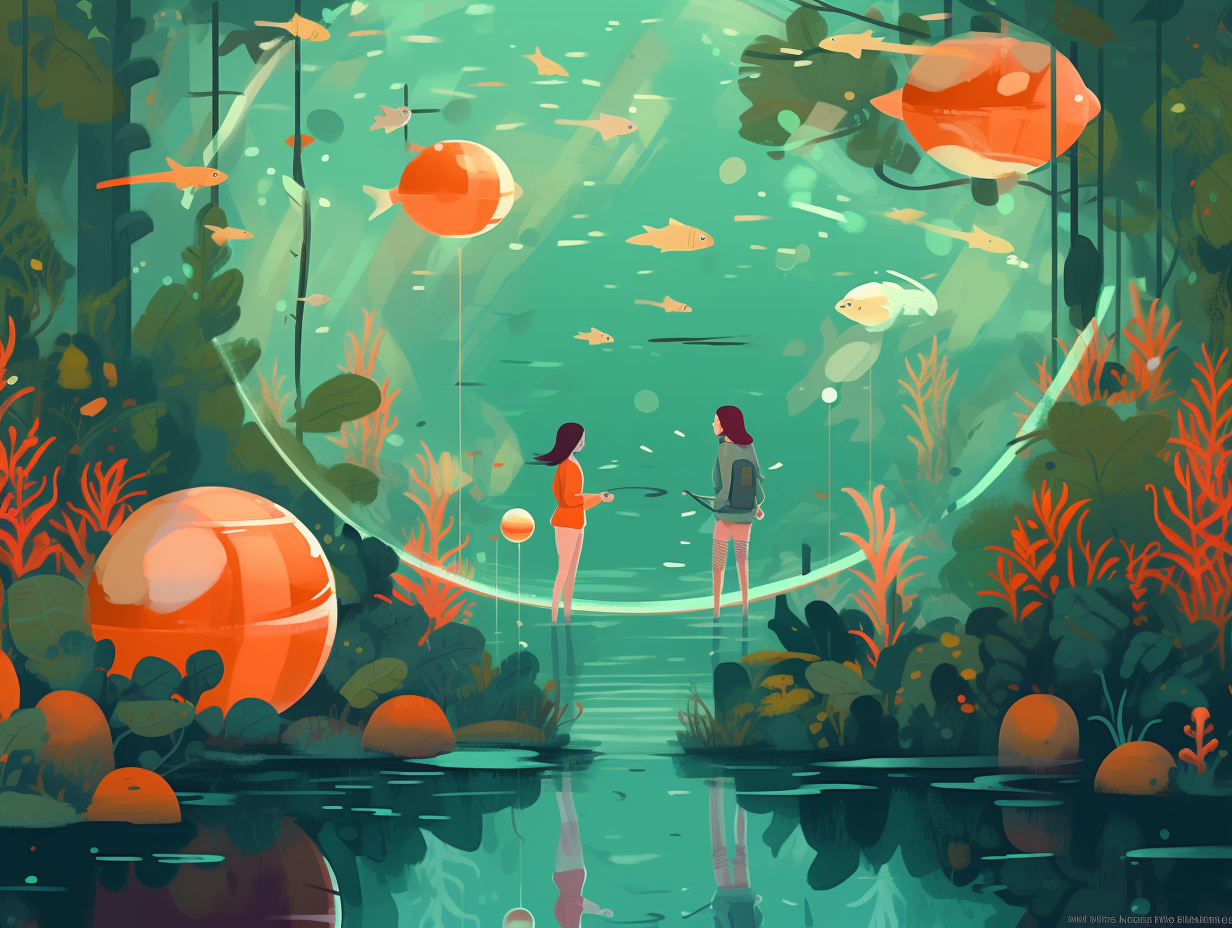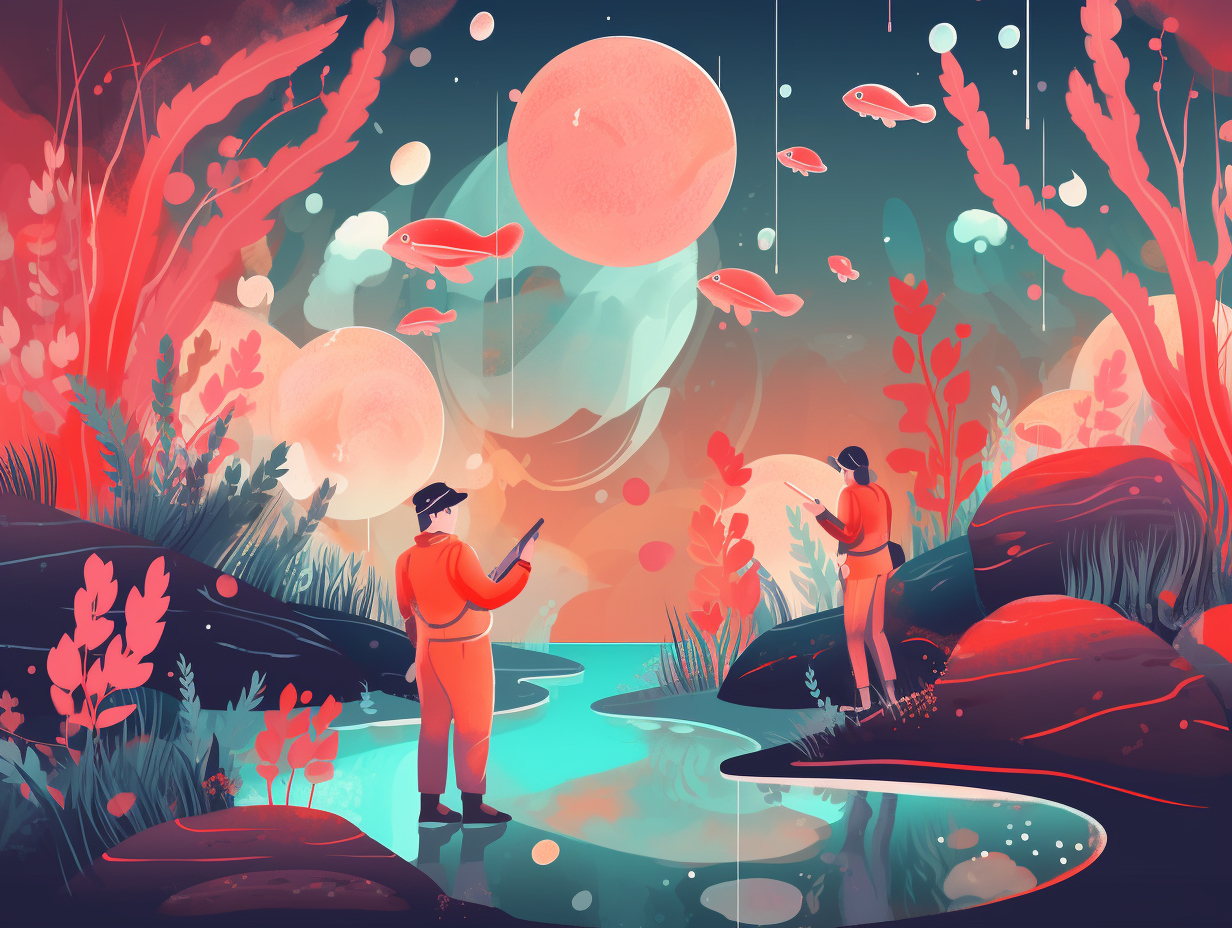Discover the Microscopic World: Top 11 Fun Facts About Centrioles You Never Knew!

1. Centrioles: Cylinder Studs of Cell World
If centrioles had a Tinder profile, they'd describe themselves as "a pair of cylinder studs, always at right angles, organizing parties in the animal cell world": Centrioles are essential cellular structures that help arrange microtubules and form centrosomes, which play a critical role during cell division by organizing microtubules for proper chromosome separation, with their unique cylindrical shape consisting of nine triplets of microtubules held together by supporting proteins.
Source => jackwestin.com
2. Cocktail Party Heroes in Mitosis
If centrioles were cocktail party guests, they'd be the life of the party, only pulling people together for some enthralling conversation: These microtubule-filled organelles reside within the centrosome, ensuring successful cell division by migrating to opposite ends of the nucleus during mitosis and forming the all-important mitotic spindle that elegantly separates chromosomes.
Source => genome.gov
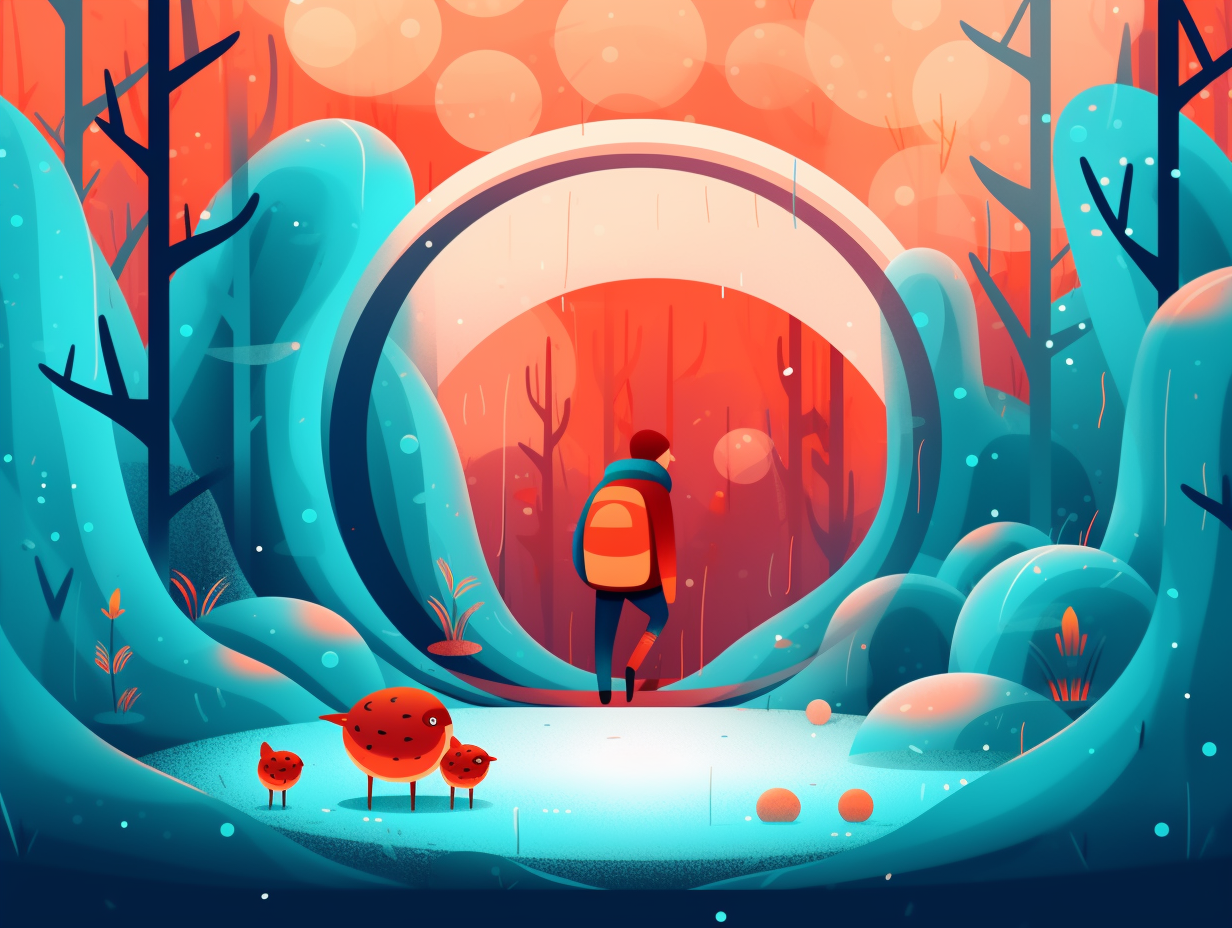
Did you know that animal cells have a hidden "crew" like a cellular pirate ship? Discover the cytoskeleton's vital role in their movement, structure, and division!
=> Fun Facts about Animal-Cells
3. The Uniform Dress Code Saga
Before centrioles strut into their cell division dance––with their pet cilia tagging along––they stick to a strict dress code that keeps them looking stunningly uniform across all species and tissues: Centrioles are tasked with forming centrosomes and cilia, and maintain a consistent size by relying on a cartwheel-like structure within them. The proteins Cep97 and CP110 limit centriole elongation, while Cep97 plays another role in forming a protective cap that ensures centriole stability, crucial for cilium biogenesis.
Source => pubmed.ncbi.nlm.nih.gov
4. Cellular Hairstylists Extraordinaire
Centrioles: the hairstylists of the cellular world, armed with microtubules instead of curling irons! The serious reveal: These tiny cylinders are essential for the formation of cilia and flagella, creating the hair-like structures that protrude from cells and make movement and environmental sensing possible.
Source => toppr.com

5. World's Most Misunderstood Freeloaders
Oh, centrioles – the cellular world's most misunderstood freeloaders! They're like the roommate who moved in with their impressive resume but never paid rent: Centrioles are found in most animal cells and are located in the centrosome, but they are not actually required for the centrosome's function in regulating microtubule assembly and organization. In fact, the microtubules that stem from the centrosome end in the pericentriolar material, not the centrioles, and these cylindrical structures don't control the cell's transportation network either.
Source => ncbi.nlm.nih.gov
6. Secret Geometric Recipe Unveiled
Did you know that centrioles have their own secret recipe for their unique geometric formation? *drumroll* But we've cracked the code: SAS-6, a vital protein, assembles itself into rod-shaped homodimers that interact through their N-terminal domains to form oligomers — and this interaction is key to achieving the universal 9-fold symmetry of centrioles.
Source => ncbi.nlm.nih.gov
7. Crafty Cellular Wave Makers
You may not be able to teach a centriole new tricks, but these trusty cell organelles certainly know how to make cellular waves: Centrioles are crucial in forming cilia and flagella, duplicating themselves with microtubules that may lack inherent strength but utilize clever arrangements and cellular teamwork to get the job done.
Source => ncbi.nlm.nih.gov
8. Superhero: Cellular Defenders of Division & Dance
If centrioles were a superhero, they'd be dubbed the "Cellular Defenders of Division and Dance": These tiny cellular structures not only play a vital role in cell division but are also instrumental in assembling and anchoring cilia and flagella, the squiggly tango dancers of the cell's locomotion and sensory functions.
Source => genome.gov
9. Double Date Centrioles in Mammalian Reproduction
You know that awkward third-wheel friend you sometimes need for the best memories? Centrioles in mammalian reproduction can relate: During fertilization, spermatozoa bring along not one, but two centrioles—one regular buddy and another oddball (atypical centriole)—to ensure a double date with the future embryo cells, kicking off a thrilling cellular party and ensuring a healthy baby on the way!
Source => frontiersin.org

10. Centrioles' Humble Dating Profile Origins
If centrioles had a dating profile, their bio would read: "Started from a single blade, now we're here! 😉": Centrioles evolved from a humble triplet blade subunit, which formed a microtubule doublet or triplet, giving birth to the first proto-cilium for basic sensory functions and movement, proving they're not as complex as they seem and have quite the #TBT to simpler origins!
Source => ncbi.nlm.nih.gov
11. No Polycystic Kidney Disease, We're Center Stage!
Ever wonder why centrioles never get invited to the polycystic kidney disease party? It's because they're too busy sorting out chromosomes at the centrosome shindig, keeping things groovy and organized: Responsible centrioles are an essential part of cell division, ensuring proper chromosome distribution. However, when centrosomes can't keep it together, they cause chromosomal instability, which can increase the risk of developing certain cancers. Just remember, a responsible centriole is a good dance partner.
Source => ncbi.nlm.nih.gov
Related Fun Facts

